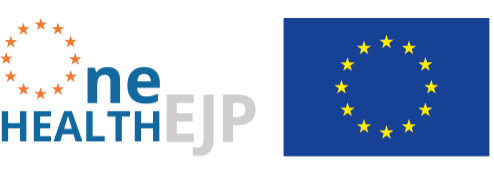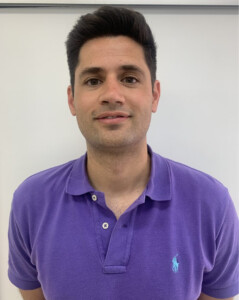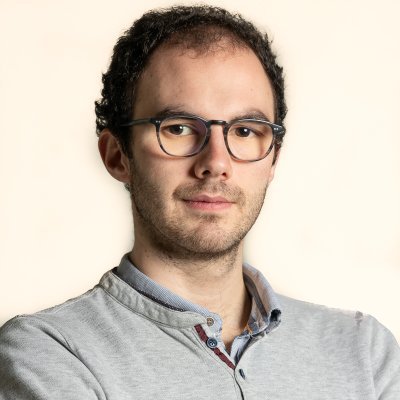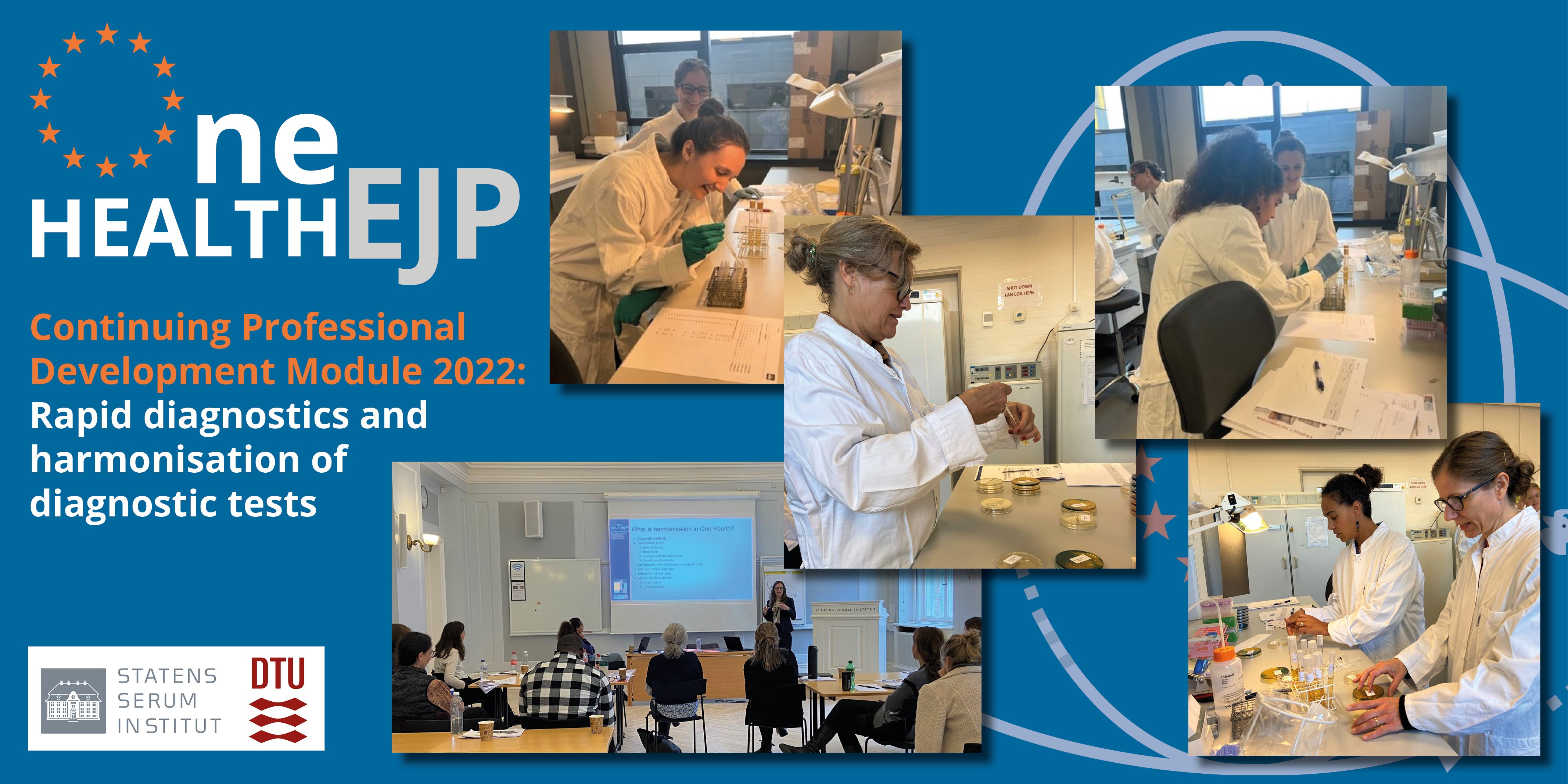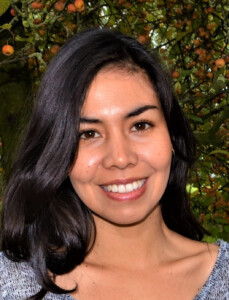
Read our sixth #OHEJPphdlife post describing a day in the life of Ingrid Cárdenas Rey, a One Health EJP student working on PhD project VIMOGUT. Her research is based at Wageningen Bioveterinary Research and focuses on the major One Health issue of Antimicrobial Resistance (AMR). Ingrid studies the gut microbiota development of chickens in relation to colonisation with antibiotic resistant bacteria – specifically extended-spectrum β-lactamase-producing (ESBL) Escherichia coli. She has developed an in vitro chicken gut model (specifically from the caecum) to better understand the horizontal gene transfer of ESBL-encoding plasmids and the effect of microbiota intervention strategies on ESBL E. coli colonisation and ESBL plasmid spread.
A good day starts with a good breakfast and a couple of nice non-work-related thoughts, or at least that’s what my body and mind tell me.
Everything is settled, and I am ready to go to work, so I grab my bike and travel to the train station. It is late spring, the weather is lovely, and I enjoy the fresh breeze and the warm morning sunshine touching my face. A couple of minutes later, the charming sensation is over; I have arrived at the chilly underground bicycle parking garage and need to find a spot to park my bike between more than 5000 bikes. Yes, you guessed it! I live in the Netherlands. I finally locate the spot and make sure that I remember where I leave my bike – otherwise, I can end up playing Hidden Folks in real life.
Today I am lucky, the train is not delayed. I hop on the less crowded wagon, find a seat and enjoy the ride. I have 25 minutes to enjoy myself, I read something uplifting, chat with my travel mate and look at the beautiful green landscape.
It is about 8.30, and I am arriving at Wageningen Bioveterinary Research, my daily workplace. I greet a couple of colleagues on the way to my office, fill my bottle with water, and prepare for another PhD life day. I open my Outlook calendar to see the to-do list I prepared the day before and adjust my planning according to the daily circumstances and how I feel. I walk to the lab feeling super curious about the outcome of the bacterial conjugation experiments I started the evening before. Bacterial conjugation is a horizontal gene transfer mechanism by which one bacterium (donor) transfers DNA material (e.g. ESBL-encoding plasmids) to another bacterium (recipient) through direct contact. A recipient bacterium that has successfully acquired the DNA material is then called a transconjugant.
On my way to the lab, I’m crossing my fingers that the bacteria are happy and producing fluorescent proteins. Fluorescent proteins are proteins that absorb light and re-emit a longer wavelength enabling visualisation, tracking and quantification of molecules and other processes in living cells. Most importantly, fluorescent proteins can be genetically encoded and thus can be used for AMR research to label bacteria or AMR plasmids.
Everything looks good; my bacteria are happy and me too! I am studying horizontal gene transfer dynamics of ESBL-encoding plasmids using mCherry (red) and green fluorescent proteins (GFP). In short, the donor bacteria (an ESBL-producing E.coli) carries both the mCherry gene (in the chromosome) and GFP gene (in an ESBL plasmid), but will only express the mCherry gene and, therefore, will only produce red fluorescence. On the other hand, all recipient cells that receive the ESBL plasmid from the donor via conjugation will express the GFP gene and will produce green fluorescence. In this way, I can discriminate donor bacteria from bacteria that receive this ESBL plasmid and even identify them, which is very useful when working with complex recipient bacterial communities from the chicken caecal microbiota.
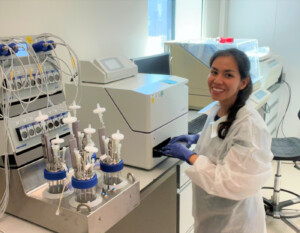
Every small step achieved in my PhD is exciting and uplifting for me, so I return to my desk feeling more motivated, record my results and start brainstorming about that next step. I get so lost in reading the literature and planning the next experiment that I suddenly realise it is almost midday… and yes, my tummy corroborates this. The sun is shining, so with another PhD colleague we go outside to have lunch and chat about various things. We know the weather is lovely, but time goes quickly, and we must return to our work. I look again at my to-do list and calendar, wrap up what I was doing and prepare for a couple of meetings with my supervisor and our intern student. In the blink of an eye is 17:30 and I must plan my next day; I check my agenda for meetings and make my to-do list (e.g., design the upcoming experiments, finish reading what I started today and allocate some hours to continue with data analysis).
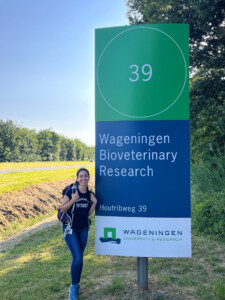
Another PhD day is almost over, so I prepare my brain to disconnect from work. I have a small meal, pack my things and go to the tennis club. It is about 18:30, and I am getting ready for an intense training with my coach. Time for fun comes right after, we play a couple of sets, eat something and chat about the game.
It is time to unwind, I have stepped onto the train to go back home, and I already feel the ease in my mind and body and crave a good night of rest before starting a new exciting, or challenging day.
